Hey there, fellow creative! Ever found yourself scratching your head, staring at a blank page, or just feeling plain stuck? Well, you might’ve asked, “What is artist block?” It’s like your brain decided to take a vacation without inviting you along.
Annoying, right?
But don’t sweat it. This happens to the best of us. In this post, we’re going to chat about this pesky thing called ‘Artist’s Block,’ figure out why it happens, and brainstorm some ways to kick our creative engine back into action.
Ready to get unstuck? Let’s dive in.
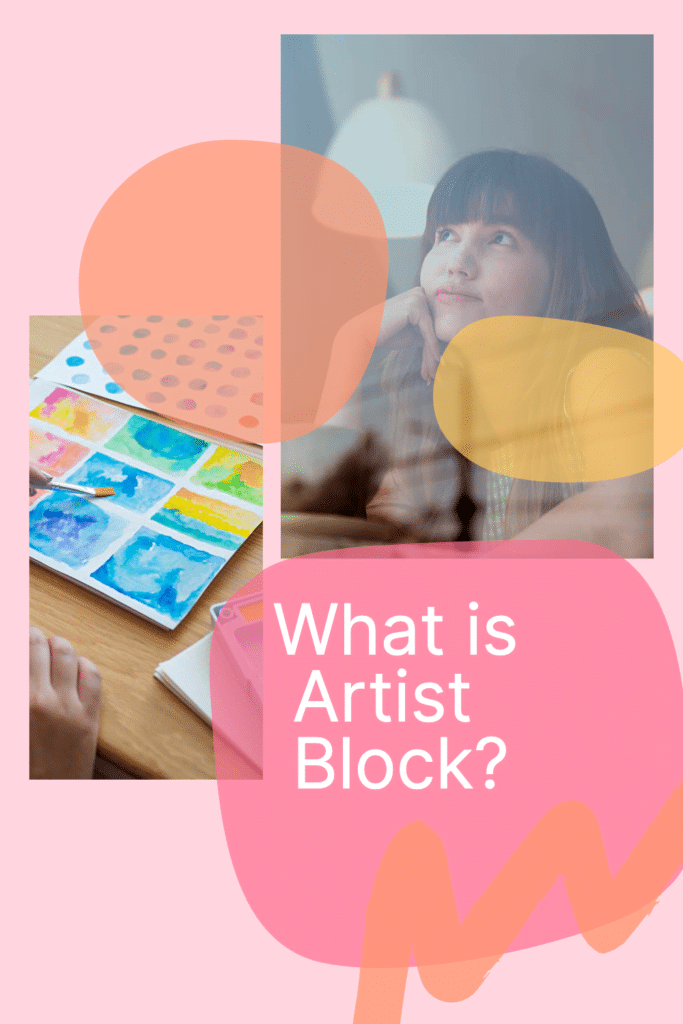
Understanding what causes art block can be helpful in overcoming it. Some common causes include anxiety, stress, burnout, and self-doubt. Identifying these causes can help artists take steps to address them and overcome art block.
In this article, we will explore the different types of artistic block, their causes, and how to overcome them. We will also discuss the role of social media, the importance of mental health, and ways to boost creativity.
Key Takeaways
- Artistic block is a temporary condition where artists lack inspiration and productivity in their artistic work.
- Identifying the causes of artistic block can help artists take steps to overcome it.
- Overcoming artistic block involves addressing the root causes, boosting creativity, and taking care of mental health.
Understanding Artist Block
As an artist, you may experience periods of time when you feel stuck and unable to create new work. This is commonly known as “artist block,” “art block,” “creative block,” or “artistic block.” It can be a frustrating and discouraging experience, but it is important to understand that it is a normal part of the creative process.
Artist block can manifest in many ways. You may feel uninspired or lack motivation to create. You may struggle to come up with new ideas or find yourself dissatisfied with your work. It can be caused by a variety of factors, including stress, anxiety, self-doubt, or simply feeling burnt out.
One common cause of artist block is a fear of failure. When you are afraid of not creating something perfect, it can be difficult to even begin a new project. This fear can be paralyzing and prevent you from making any progress.
Another cause of artist block is a lack of direction or purpose. If you don’t have a clear idea of what you want to create, it can be hard to get started. This is why it is important to have a clear vision and goals for your work.
One way to overcome artist block is to take a break. Sometimes, stepping away from your work and doing something else can help clear your mind and give you a fresh perspective. You can also try new techniques or mediums to spark your creativity.
Causes of Artist Block
Artistic block, also known as creative block or artist’s block, is a common problem that many artists experience. It is a period of time when an artist is unable to create new work or feels uninspired. There are many causes of art block, including psychological and physical factors.
Psychological Causes
Psychological factors are some of the most common causes of art block. They can include:
- Guilt: Feeling guilty about not creating enough or not creating “good enough” work can lead to artist block.
- Fear, Anxiety, and Self-Doubt: Fear of failure, anxiety about the creative process, and self-doubt can all contribute to artist block.
- Perfectionism: Artists who are perfectionists may struggle with artist block because they are constantly striving for perfection and may be too hard on themselves when their work doesn’t meet their high expectations.
- Overwhelm: Feeling overwhelmed by the amount of work that needs to be done or by external pressures can lead to artist block.
- Imposter Syndrome: Artists who struggle with imposter syndrome may feel like they are not good enough or don’t deserve success, which can lead to artist block.
- Insecurity: Feeling insecure about one’s abilities or comparing oneself to others can contribute to artist block.
- High Expectations: Having high expectations for oneself can lead to artist block if those expectations are not met.
Physical Causes
Physical factors can also contribute to art block. They can include:
- Exhaustion: Physical or mental exhaustion can lead to artist block, as the body and mind need rest to be able to create.
- Health Issues: Health issues can also contribute to artist block. Chronic pain, for example, can make it difficult to focus on creating.
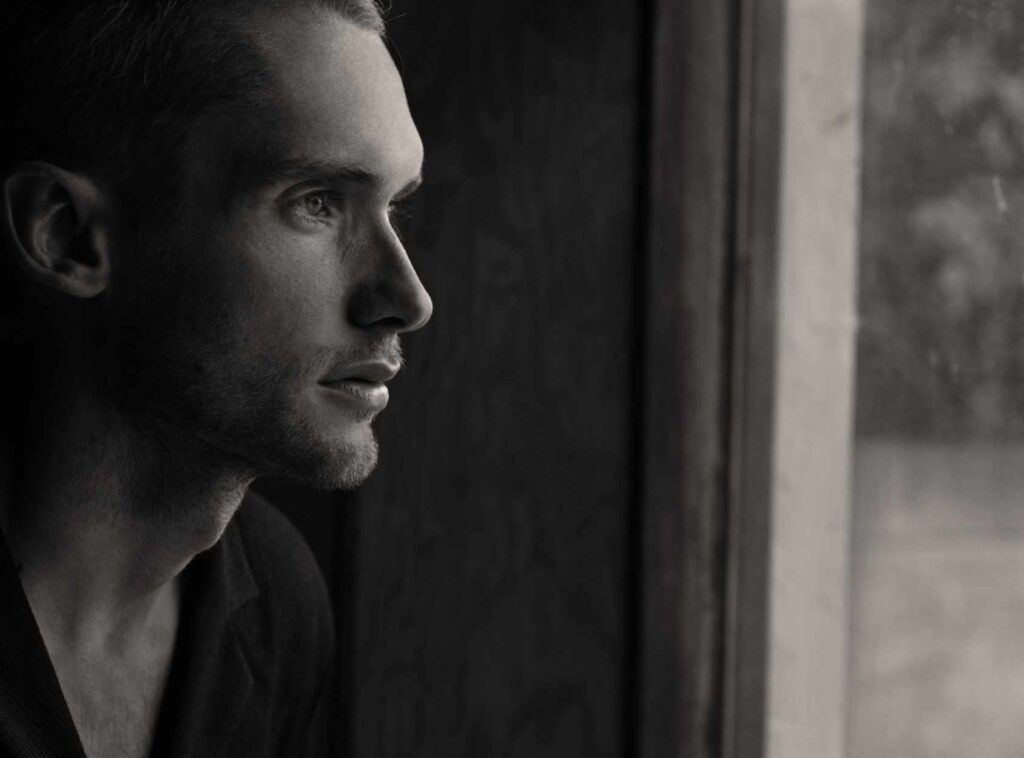
Effects of Artist Block
Art block can have a range of effects on an artist, both physically and mentally. Here are some of the most common effects of artist block:
Frustration
One of the most frustrating aspects of art block is the inability to create, despite having the desire and motivation to do so.
This can lead to a sense of hopelessness and despair, which can in turn exacerbate the artist block.
Exhaustion
Art block can be mentally and physically exhausting. The mental strain of trying to come up with new ideas and the physical strain of actually creating can take a toll on an artist’s energy levels.
Physical Exhaustion
Creating art can be physically demanding, especially if the artist is working on a large or complex project.
The added stress of artist block can make it even more difficult to muster the energy needed to complete the work.
Fatigue
Artistic block can also lead to fatigue, both physical and mental. The constant struggle to come up with new ideas and create can leave an artist feeling drained and exhausted.
Loneliness
Artistic block can also lead to feelings of loneliness and isolation. When an artist is unable to create, they may feel disconnected from their art and from the community of artists around them.
Lack of Sleep
The stress and frustration of artist block can also disrupt an artist’s sleep patterns, leading to a lack of sleep and further exacerbating the effects of artist block.
In conclusion, artist block can have a range of effects on an artist, both physically and mentally. It is important for artists to recognize these effects and take steps to address them in order to overcome artist block and continue creating.
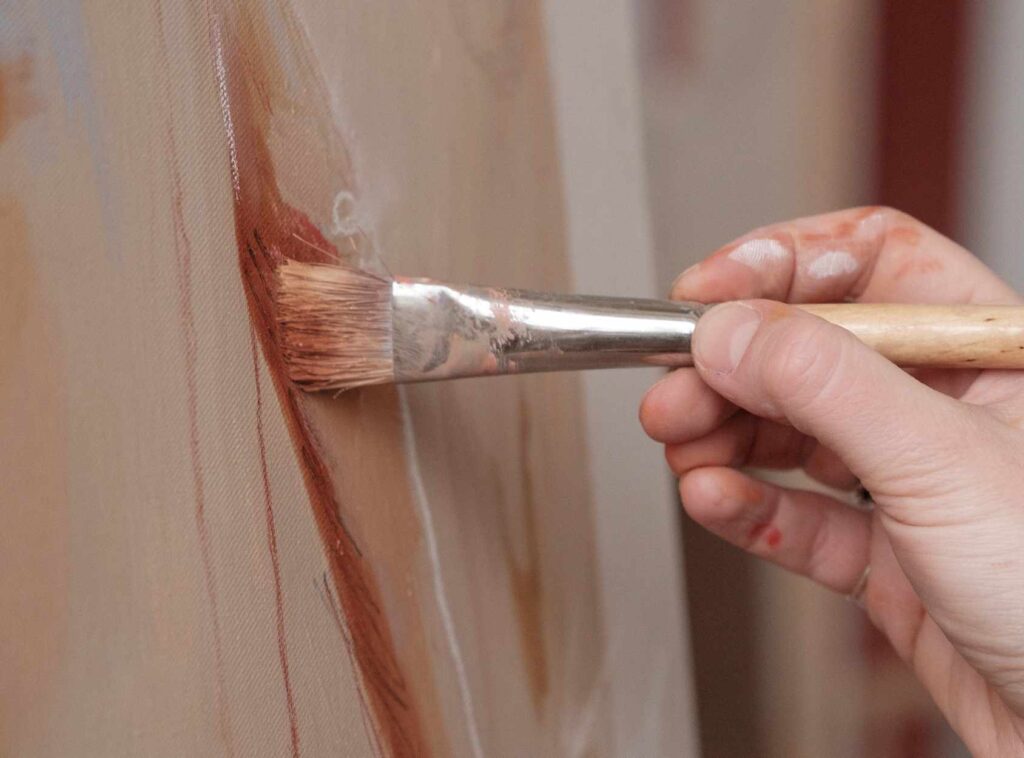
Identifying Artist Block
As an artist, you may have experienced a time when you lack inspiration and motivation in your creative work. This is commonly known as artist block or creative block. It is a temporary condition that can affect artists at any level of experience.
Identifying artist block can be difficult, as it can manifest in different ways for different artists. However, there are some common signs that you may be experiencing artist block:
- Lack of motivation to create
- Difficulty coming up with new ideas
- Feeling stuck or stagnant in your work
- Procrastination or avoidance of creative work
- Negative self-talk or self-doubt
- Loss of confidence in your abilities
It is important to recognize these signs and acknowledge that you may be experiencing art block. Ignoring it can lead to frustration and a further decline in productivity.
Self-talk and mindset can also play a role in artist block. Negative self-talk can lead to a lack of confidence and motivation, while a positive mindset can help overcome creative obstacles. It is important to practice self-awareness and challenge negative thoughts to help combat artist block.
Types of Artists Affected
Artistic block can affect any artist, regardless of their level of experience or type of medium used. Here are some sub-sections that describe the types of artists who are commonly affected by this phenomenon:
Professional Artists
Professional artists who rely on their creativity to make a living are particularly susceptible to artistic block. They often have to work on tight deadlines, which can lead to stress and anxiety. This, in turn, can cause them to lose their inspiration and creativity. Professional artists can also experience artistic block when they feel like they are stuck in a creative rut or when they are working on a project that they are not passionate about.
Amateur Artists
Amateur artists, who create art as a hobby or for personal fulfillment, can also experience artistic block. They may feel like they are not good enough or that their work is not worthy of being shared with others. This can lead to self-doubt and a lack of motivation to create.
Traditional Artists
Traditional artists, who work with mediums such as paint, charcoal, and clay, can experience artistic block when they feel like they have exhausted all of their ideas or when they are struggling to master a new technique. They may also feel like they are not making progress in their work, which can lead to frustration and a lack of motivation.
Digital Artists
Digital artists, who work with software such as Photoshop and Illustrator, can experience artistic block when they are struggling to come up with new ideas or when they are having technical difficulties. They may also feel like they are not keeping up with the latest trends in digital art, which can lead to feelings of inadequacy and a lack of motivation.
Overall, artistic block can affect any artist, regardless of their level of experience or type of medium used. It is important for artists to recognize the signs of artistic block and to take steps to overcome it, such as taking a break, trying a new medium, or seeking inspiration from other sources.
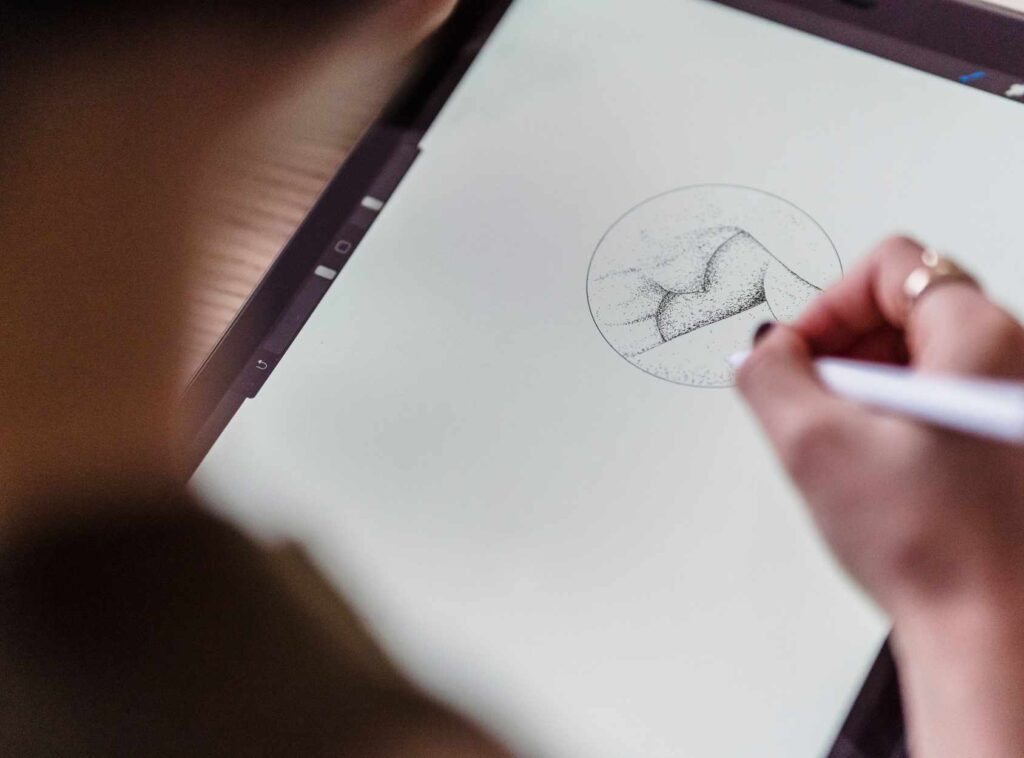
Overcoming Artist Block
As an artist, experiencing a creative block can be frustrating and discouraging. However, there are practical strategies that can help you overcome artist block and spark your creativity once again. Here are some tips to help you get back on track:
- Embrace the Art Block Real: Accept that artist’s block is real and a common part of the creative process. Recognizing it can help you better address it and find ways to overcome artist’s block.
- Get Your Creative Juices Flowing: Try something new to inspire creativity. Visit a museum, read a book, take a walk in nature, or listen to music. This can trigger new ideas and get your creative juices flowing again.
- Create a Comfortable Creative Space: Your environment affects your creativity. Make sure your creative space is clean, organized, and filled with things that inspire you. Having a comfortable and inspiring workspace can help you combat art block real.
- Try New Art Supplies: Using new art supplies can be exciting and can spark your creativity. Try a different brand of paint, a new type of canvas, or a novel drawing tool. The unfamiliarity can push you out of your comfort zone and overcome artist’s block.
- Set Up Art Challenges: Setting specific art challenges can be a fun and effective way to overcome artist’s block. This could be drawing a daily sketch, trying a new technique each week, or creating a piece in a totally different style.
- Avoid Overworking: Art block can often be a sign of mental and physical exhaustion. Make sure you’re taking breaks and resting enough. Overworking can stifle creativity.
- Start a Creative Project: Dive into a new creative project that excites you. It can be something small or a big, long-term project. The goal is to get excited about creating something new.
- Explore Different Mediums: If you’re experiencing a block with your usual medium, experiment with different ones. Trying out a new medium can provide a new perspective and refresh your art supply toolkit.
- Connect with Other Artists: Talking to other artists and sharing experiences can help you overcome artist’s block. It’s comforting to know that others face similar challenges and can provide support or advice.
- Practice Mindfulness: Practice mindfulness techniques like meditation or deep breathing exercises. These can help clear your mind and enable you to focus on the task at hand, allowing your creativity to flow freely again.
Finding Inspiration
- Have a conversation: Talking to other artists or creative people can help you gain new ideas and perspectives. Join an art group or attend art events to meet other artists and discuss your work.
- Take breaks: If you’re feeling stuck, taking a break can help you find inspiration. Try doing something unrelated to art, like going for a hike or trying a new hobby.
- Draw something: Sometimes, the act of simply drawing something can help you get past your creative block. It doesn’t have to be a masterpiece – just start creating.
Setting a Schedule
- Set a schedule: Creating a routine can help you stay motivated and focused on your art. Set aside specific times each day or week to work on your art, and stick to it.
- Break tasks into smaller pieces: If you’re feeling overwhelmed, breaking your tasks into smaller, more manageable pieces can help. This can make your art feel less daunting and help you stay motivated.
Try new solutions: If your current approach isn’t working, try something new. Experiment with different materials, techniques, or styles to help spark your creativity.
By implementing these strategies and setting a schedule for your art, you can overcome artist block and get back to creating. Remember, every artist experiences creative blocks from time to time, but with patience and perseverance, you can find new inspiration and continue to grow as an artist.
The Role of Social Media
Social media has become an integral part of our lives, and it has also influenced the art world in many ways. Platforms like Instagram have given artists a new way to showcase their work and reach a wider audience.
However, social media can also contribute to artist block, a condition where an artist loses their ability to produce new and stimulating work.
On one hand, social media can be a great tool for artists to promote their work and connect with other artists and potential buyers. Instagram, in particular, has become a popular platform for artists to showcase their work and build a following. Artists can increase their visibility and attract new fans by using hashtags and engaging with other users.
However, social media can also have a negative impact on artists’ creativity. The pressure to constantly produce new and visually appealing content can be overwhelming, leading to burnout and artist block.
Additionally, the constant comparison to other artists and their work can be discouraging and make it difficult for artists to find their own unique style.
It’s important for artists to find a balance when it comes to social media. While it can be a useful tool for promotion and networking, it’s also important to take breaks and focus on creating meaningful work. By setting boundaries and prioritizing their own creative process, artists can avoid the negative effects of social media and continue to produce inspiring work.
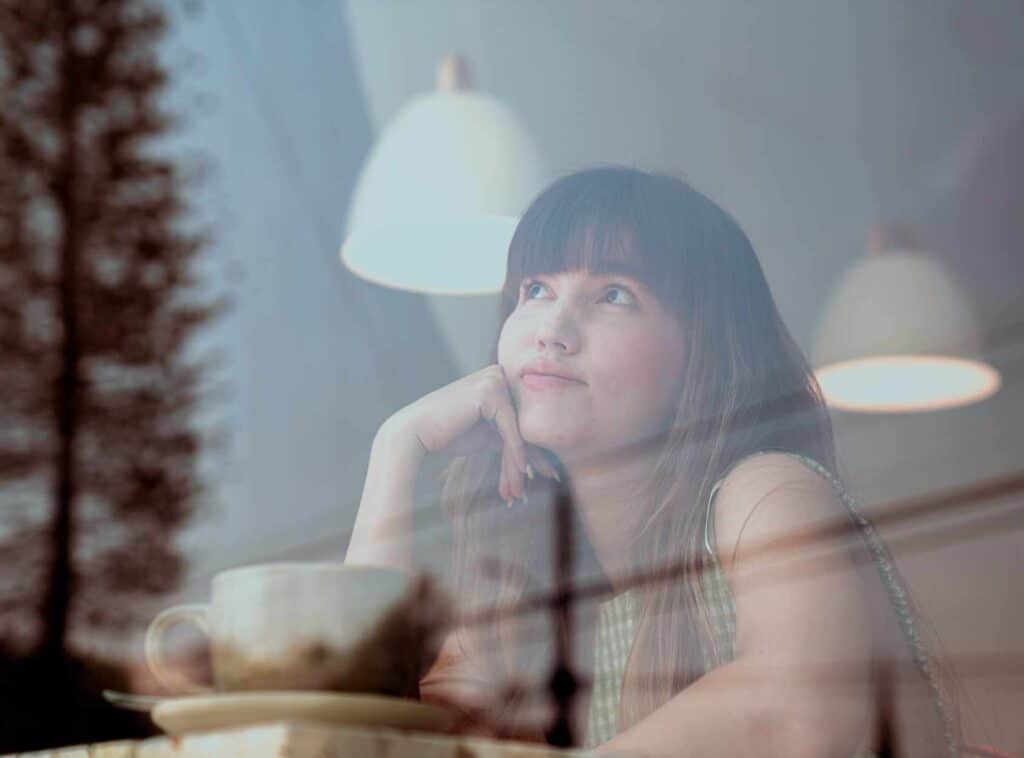
The Importance of Mental Health
As an artist, it is important to prioritize your mental health. Artistic block can be frustrating and can lead to feelings of anxiety and depression. Taking care of your mental health can help you overcome creative blocks and improve your overall well-being.
Research has shown that making art can improve mental health. Art therapy is a recognized form of therapy that uses creative expression to promote healing and improve mental health. Participating in art therapy or seeking the help of a mental health professional can help you work through creative blocks and access your inner creativity.
Feeling unmotivated now and then is a common scenario — artist’s block is real. A network of other artists and designers can be crucial in providing some much-needed support and motivation. Participate in groups where artists understand mental illness and prioritize mental health.
In addition to seeking professional help and support from other artists, there are steps you can take on your own to improve your mental health.
Prioritizing self-care, such as getting enough sleep, exercise, and eating a healthy diet, can help improve your mood and reduce stress. Taking breaks from your creative work and engaging in activities that bring you joy can also help prevent burnout and improve your overall well-being.
Remember, taking care of your mental health is just as important as taking care of your physical health. Prioritizing mental health can help you overcome artistic block and lead to a more fulfilling and successful artistic career.
Boosting Creativity
When it comes to overcoming artists’ block, finding ways to boost creativity is essential.
Here are some tips and techniques that can help:
- Take a break: Sometimes, stepping away from your work can be just what you need to boost your creativity. Take a walk, listen to music, or do something else that you enjoy to help clear your mind.
- Try something new: Experimenting with new techniques, materials, or subjects can help you break out of your creative rut and find new inspiration.
- Collaborate with others: Working with other artists or creatives can help you gain new perspectives and ideas. Consider joining a group or attending a workshop or class.
- Keep a sketchbook: Keeping a sketchbook handy can help you capture ideas and inspiration as they come to you, even if you’re not currently working on a specific project.
- Set goals: Setting specific goals for your creative work can help keep you motivated and focused. Consider setting both short-term and long-term goals to help you stay on track.
Incorporating these tips into your creative process can boost your creativity and overcome artist block. Creativity is all about exploring new possibilities and finding inspiration in unexpected places.
Case Studies and Experiences
Many artists have experienced artist block at some point in their career. Here are a few case studies and experiences shared by artists:
- Experience 1: Jane, a painter, experienced artist block for several months. She tried different techniques to overcome it, including taking a break from painting, trying new mediums, and looking for inspiration in nature. However, nothing seemed to work until she decided to take a break from painting and focus on sketching. She found that sketching helped her to loosen up and get back into the flow of creating.
- Experience 2: John, a graphic designer, experienced artist block when he was working on a project for a client. He felt stuck and couldn’t come up with any ideas. He decided to take a break and read some design blogs and magazines. He found that reading about other designers’ work and techniques helped him to get inspired and come up with new ideas.
- Experience 3: Sarah, a photographer, experienced artist block after a personal loss. She found it difficult to get motivated and didn’t feel inspired to take any photos. She decided to take a break from photography and focus on other hobbies, such as hiking and painting. She found that taking a break from photography and doing other things she enjoyed helped her to get back into the creative mindset.
These experiences show that artist block can happen to anyone, and no one-size-fits-all solution exists.
It’s important to try different techniques and find what works best for you. Whether it’s taking a break, trying new mediums, or looking for inspiration in different places, there are many ways to overcome artist block.
The Artist’s Journey
Being an artist is a journey that comes with its own set of challenges. One of the most common challenges is facing an artist block, which is a temporary condition that artists suffer from where they lack inspiration and productivity in their artistic work. It can happen to artists of any age, whether they are just starting out or have been creating for years.
Drawing, painting, sculpting, or any other form of art requires practice and improvement over time.
An artist’s journey involves honing their skills, experimenting with different techniques, and constantly seeking inspiration. However, sometimes, an artist may feel stuck and unable to come up with new ideas.
Judgement and criticism can also play a role in an artist’s journey. It can be difficult to put your work out there for others to see and potentially critique. This fear of judgement can lead to self-doubt and a lack of inspiration.
Art inspiration can come from anywhere, but sometimes it can be hard to find. When an artist is experiencing no inspiration, it can be frustrating and discouraging. However, there are ways to overcome this block and find inspiration again.
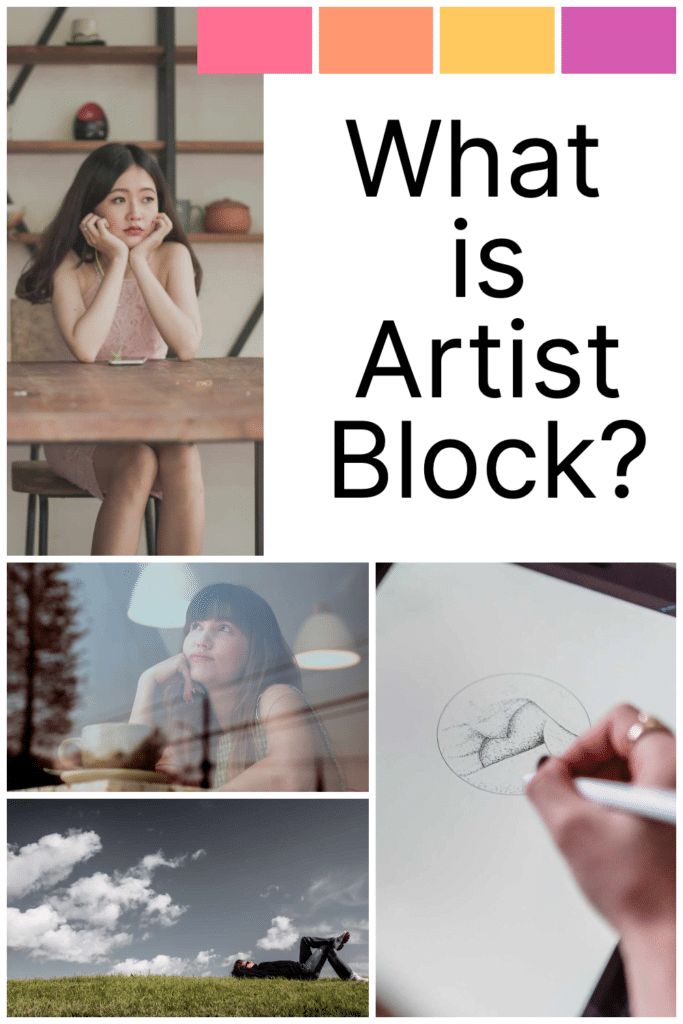
Conclusion
So, we’ve tackled the big question, “What is artist block?” and found that it’s not some insurmountable mountain. Sure, it’s a bit of a creative roadblock, but guess what? It’s just part of the journey, a speed bump on the highway of creativity.
By understanding it better, we’re already on our way to overcoming it. Remember, every artist has been there, so next time it strikes, don’t beat yourself up. Take a deep breath, step back if needed, and know that your creative mojo hasn’t left you – it’s just taking a breather. Keep going, my friend, your masterpiece awaits!
Other articles you may enjoy…
25 Creative Background Drawing Ideas for Your Next Art Project
Drawing Tools Unleashed: Top Picks for Every Artist
The Ultimate Beginners Guide for Drawing on Black Paper with Colored Pencils
